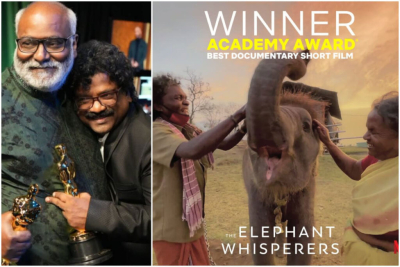Discover the spellbinding world of Demon Copperhead, Barbara Kingsolvers award-winning novel that echoes Dickens’ timeless themes of poverty, survival, and the transformative power of storytelling.
About the author
parban Kingsolver o an American writer and political activist renowned for her powerful novels that delve into the resilience of individuals navigating challenging environments and finding beauty amidst hunh drcumstances in 2000, she founded the Bellwether Prize, a literary award aimed at proinoting works that drive social change. Having grown up in rural Kentucky US, and briefly livest in Africa during her early childhood, Kingsolver draws inspiration from diverse backgrounds
Becoming a writer
Her writing journey began in the mid-1980s when she worked as a science writer for a university, eventually transitioning into freelance feature writing It was a timing point when she won a local Phoenix newspapers short stong contest, leading her to pursue a full-time career in fiction writing.
Throughout her career. Kingsolver has produced influential works that have captivated readers worldwide. Some of her notable novels include The Bean Trees (1988) The Poisonwood Bible (1998). The Laqura (2009), and Demon Copperhead (2022) Vintage engraving of a scene from the Charles Dickens novel David Copperfield llustration by Fred Bamard GETTY IMAGES
Making history
Kingsolver recentlig auded more feathers to her literary cap with Do prestigious awards celebrating her novel Demon Copperhead Notably she became the first author to win the Women’s Prize for Fiction bvice having previously receives the honour in 2010 for her autaimest work. The Lacuna. This modem reimagining of Charles Dickens’s David Copperfield is set in the picturesque Appalachian Mountains of Virginia, where the protagonist. a lroy bom in a trailer park embarks on a journey filled with foster care, labour exploitation, addiction, love. and heartache. Speaking about the book, she shared that much Like Dickens, the crafted her novel to shed light on the hardships of poverty and its impact on children, issues that have plagued our society for centures The Women’s Prize for Fiction recognises outstanding. ambitious original fiction” written in English by female writers from around the world. Continuing her winning streak, Kingsolvers modem reimagining of English author Charles Dickens’s classic won the fiction category of the James Tait Black Prize this year. This illustrious literary award. established in 1919 and presented by the University of Edinburgh, holds the distinction of being one of the UK’s longest-running and most esteemed accolades. What sets this prize apart is its unique judging panel, consisting of literature scholars and students. ensuring a deep appreciation for the art of writing.
When inspiration strikes
During an interview Kingsolver shared the story behind the inception of her Latest novel She recounted a moment four years ago when she had just finished a book tour in the UK for her previous work Unsheltered and had a few days before her return flight home Seizing the opportunity, she and her husband decided to stay at Bleak House, a clifftop retreat perched above Viking Bay in Broadstairs, the very place where Charles Dickens had penned David Copperfield As fate would have it, they arrived during a hailstormy weekend in November, and the location was deserted. As she wandered through the rooms, curiosity led her to explore Dickens’s desk and gaze out over the saune magnificent coastline he once beheld in this atmospheric setting the spint of the great author seemed to reach out to her She recousted “Anil tvars when he said. Look to the child. Let the child tell the Inspired by this serendipitous encounter, the author entbarked on her literary journey, giving life to the novel Demon Copperhead Demon Copperhead Set in the mountains of southern Appaladin, Demon Copperhead follows the gripping story of a boy bom to a struggling teenage single mother facing the harsh realities of foster care, child labour, and heartbreak Written in the protagonists raw and unyielding voice. the novel addresses the invisibility of rural communities in a world fixated on urban glamour. Drawing inspiration from Charles Dickens’s David Copperfield Kingsolver weaves a tale of anger, compassion, and the transformative power of storytelling The journey of this titular character gives voice to a new generation of lost souls born into beautiful yet challenging places they can not fathom leaving behind.
David Copperfield
David Copperficial was first palaketa serial from 1840 to 1850 and later compiled its
it holds the distinction of bring English author Charles Dickens’s favourite anong his works
The novel u nimated in the first person by the protagonist, a Copperfield reflecting on his lifes journey Bons in Blunderstone Suffolk LIK, shortly after his fathers death Davul is raised by his mather and the caring housekeeper, Clara Peggotty. The story takes readers through David’s difficult upbringing under the cruel Mr Edward Mundstone (his stepfather) and his eventual adventures and self-discovery on the path to becoming a successful novelist. It is a poignant coming-of-age tale depicting a young man’s transformation from a challenging childhood to finding his purpose in life.
Picture Credit:Google




